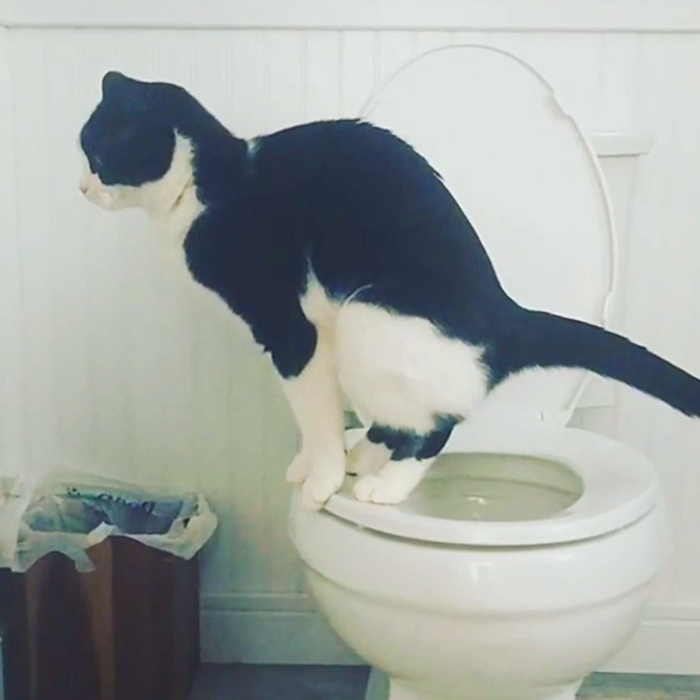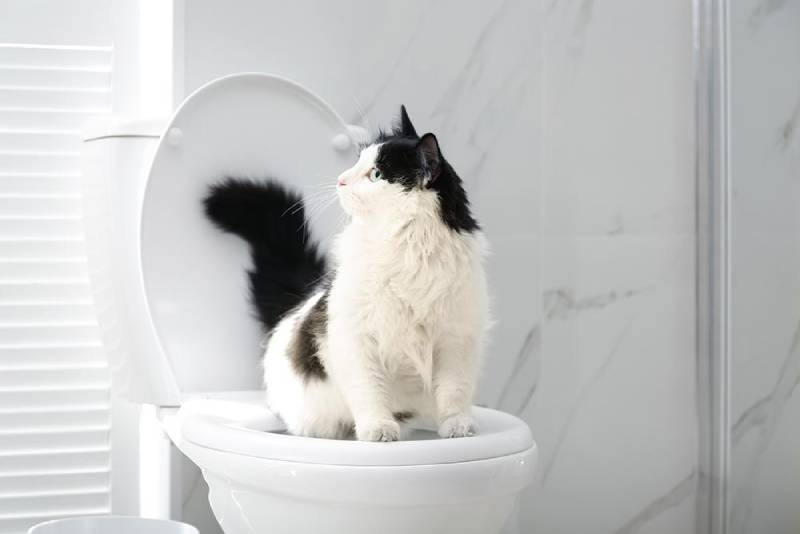On this page in the next paragraphs you will find lots of very good points about 10 Things You Should Never Flush Down The Toilet.

When it comes to disposing of waste, particularly animal waste, many people typically consider the convenient choice of flushing it down the commode. Nonetheless, this relatively simple option can have serious repercussions for the atmosphere and public health. In this write-up, we'll check out why flushing pet waste down the bathroom is a bad concept and offer alternative methods for appropriate disposal.
Intro
Proper garbage disposal is critical for keeping environmental sustainability and public health. While it may appear safe to flush animal waste down the toilet, it can result in various issues, both for the environment and human health.
Dangers of flushing pet waste
Ecological influence
Flushing animal waste presents hazardous germs and microorganisms into rivers, which can negatively impact marine environments. These virus can pollute water resources and damage marine life, interrupting fragile environments.
Public health concerns
Pet waste consists of harmful microorganisms such as E. coli and Salmonella, which can position serious wellness risks to people. Purging animal waste down the commode can contaminate water materials, causing the spread of illness and infections.
Alternatives to flushing
As opposed to purging pet waste down the bathroom, there are numerous alternate disposal techniques that are much more environmentally friendly and sanitary.
Composting
Composting animal waste is an eco-friendly method to take care of it. By composting, organic matter is broken down right into nutrient-rich dirt, which can be utilized to feed gardens and plants.
Land fill disposal
Disposing of pet waste in a land fill is an additional option. While not as eco-friendly as composting, it is a safer choice to flushing, as it protects against the contamination of water sources.
Family pet garbage disposal systems
There are specialized animal garbage disposal systems available that safely and hygienically get rid of pet waste. These systems commonly utilize enzymes to break down waste and get rid of smells.
Steps to correct animal waste disposal
To guarantee proper disposal of pet waste, follow these actions:
Scooping and getting waste
On a regular basis scoop and bag animal waste utilizing biodegradable bags. This stops waste from infecting the environment.
Utilizing assigned waste containers
Dispose of bagged animal waste in assigned waste containers, such as compost bins or garbage dump bins. Stay clear of flushing it down the toilet whatsoever prices.
Cleaning up litter boxes and pet dog locations routinely
Consistently tidy litter boxes and pet dog areas to avoid the build-up of waste and bacteria. Use pet-safe cleaning items to keep health.
Advantages of proper disposal methods
Embracing appropriate disposal techniques for animal waste uses numerous advantages:
Lowered environmental pollution
Appropriate disposal methods decrease the danger of environmental pollution, securing waterways and communities from contamination
Reduced risk of water contamination.
By staying clear of flushing animal waste down the toilet, the threat of water contamination is dramatically minimized, securing public health.
Improved hygiene and hygiene
Proper disposal techniques promote better sanitation and health, developing a safer environment for both human beings and animals.
Conclusion
To conclude, purging animal waste down the commode is unsafe to the check here atmosphere and public health. By taking on different disposal approaches and complying with proper waste monitoring methods, we can decrease the negative impact of pet waste and add to a cleaner, healthier world.
What To Do With Dog Poo – The Do's And Don'ts Of Disposing Of Faeces
Dog poo bins
Some councils provide dedicated dog waste bins in popular dog-walking areas that can take dog poo that has been bagged but you can legally dispose of dog waste in any public litter bin, as long as it is securely bagged. This also applies to your wheelie bin at home.
Do not flush
Water companies do not recommend flushing dog faeces down the toilet because certain parasites can survive the water processing treatment and are potentially harmful to humans. You should also never consider flushing dog poo that has been bagged down the toilet as the bags will not break down and instead create severe blockages in the sewage system.
In the woods
The Forestry Commission promotes a ‘stick and flick’ method for dealing with waste in the woods. This means finding a stick and using it to flick any poo from off the path so that it is out of the way of other walkers. You could also bury it as long as it is not in an area where there might be livestock.
Livestock
Parasites found in dog poo can be transmitted to livestock if they inadvertently eat infected faeces that has been left on grazing land. This could result in the death of sheep or abortion in cattle so you should always make sure you pick up your dog’s waste in fields where livestock could be present.

Consistently tidy litter boxes and pet dog areas to avoid the build-up of waste and bacteria. Use pet-safe cleaning items to keep health.
Advantages of proper disposal methods
Embracing appropriate disposal techniques for animal waste uses numerous advantages:
Lowered environmental pollution
Appropriate disposal methods decrease the danger of environmental pollution, securing waterways and communities from contamination
Reduced risk of water contamination.
By staying clear of flushing animal waste down the toilet, the threat of water contamination is dramatically minimized, securing public health.
Improved hygiene and hygiene
Proper disposal techniques promote better sanitation and health, developing a safer environment for both human beings and animals.
Conclusion
To conclude, purging animal waste down the commode is unsafe to the check here atmosphere and public health. By taking on different disposal approaches and complying with proper waste monitoring methods, we can decrease the negative impact of pet waste and add to a cleaner, healthier world.
What To Do With Dog Poo – The Do's And Don'ts Of Disposing Of Faeces
Dog poo bins
Some councils provide dedicated dog waste bins in popular dog-walking areas that can take dog poo that has been bagged but you can legally dispose of dog waste in any public litter bin, as long as it is securely bagged. This also applies to your wheelie bin at home.
Do not flush
Water companies do not recommend flushing dog faeces down the toilet because certain parasites can survive the water processing treatment and are potentially harmful to humans. You should also never consider flushing dog poo that has been bagged down the toilet as the bags will not break down and instead create severe blockages in the sewage system.
In the woods
The Forestry Commission promotes a ‘stick and flick’ method for dealing with waste in the woods. This means finding a stick and using it to flick any poo from off the path so that it is out of the way of other walkers. You could also bury it as long as it is not in an area where there might be livestock.
Livestock
Parasites found in dog poo can be transmitted to livestock if they inadvertently eat infected faeces that has been left on grazing land. This could result in the death of sheep or abortion in cattle so you should always make sure you pick up your dog’s waste in fields where livestock could be present.

As a passionate reader on 4 Reasons Why Dog Poop Cleanup is Important, I think sharing that piece was sensible. Enjoyed reading our article? Please share it. Help other people locate it. Thanks a lot for your time. Revisit us soon.
Call